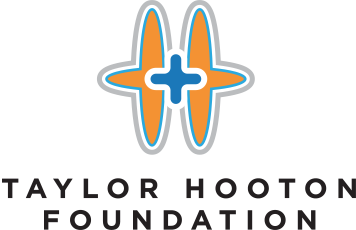March 27, 2019
Stimulants found in dietary supplements
 Many dietary supplements contain ingredients that are known stimulants or have stimulant-like effects. That is, they can raise heart rate and blood pressure and otherwise increase nervous system activity, with potentially harmful effects, especially if used before or during exercise. One of the best ways a consumer can control his or her intake of stimulants is to read the Supplement Facts panel and other information on the labels and websites of dietary supplement products. However, that means being able to recognize ingredients that can act as stimulants. Another way is to recognize that supplements marketed for certain purposes are more likely to contain stimulants. For example, pre-workout, sexual enhancement, and weight-loss supplements are more likely to contain stimulants.
Operation Supplement Safety (OPSS) has prepared this list to help you determine whether your dietary supplements contain such ingredients. This is NOT a complete list, but new entries will be added as they are identified as having stimulant effects.
We have not included stimulants in drugs that have been approved by FDA for prescription use (such as modafinil [for promoting wakefulness or amphetamines for attention deficit hyperactivity disorder], Adderall, and Dexadrine) or over-the-counter sale (such as nasal decongestants with pseudoephedrine) or those that are considered “controlled substances” (such as cocaine and MDMA), as none of these substances are legal for use in dietary supplements.
Many dietary supplements contain ingredients that are known stimulants or have stimulant-like effects. That is, they can raise heart rate and blood pressure and otherwise increase nervous system activity, with potentially harmful effects, especially if used before or during exercise. One of the best ways a consumer can control his or her intake of stimulants is to read the Supplement Facts panel and other information on the labels and websites of dietary supplement products. However, that means being able to recognize ingredients that can act as stimulants. Another way is to recognize that supplements marketed for certain purposes are more likely to contain stimulants. For example, pre-workout, sexual enhancement, and weight-loss supplements are more likely to contain stimulants.
Operation Supplement Safety (OPSS) has prepared this list to help you determine whether your dietary supplements contain such ingredients. This is NOT a complete list, but new entries will be added as they are identified as having stimulant effects.
We have not included stimulants in drugs that have been approved by FDA for prescription use (such as modafinil [for promoting wakefulness or amphetamines for attention deficit hyperactivity disorder], Adderall, and Dexadrine) or over-the-counter sale (such as nasal decongestants with pseudoephedrine) or those that are considered “controlled substances” (such as cocaine and MDMA), as none of these substances are legal for use in dietary supplements.
Stimulants Found in Dietary Supplements |
|
BMPEA (and common synonyms found on labels)* |
|
|
|
|
|
|
|
|
|
|
|
|
|
|
|
Caffeine and sources of caffeine |
|
|
|
|
|
|
|
|
|
|
|
|
|
DMAA (and common synonyms found on labels)* |
|
|
|
|
|
|
|
|
|
|
|
|
|
|
|
|
|
|
|
|
— |
DMBA (and common synonyms found on labels)* |
|
|
|
|
|
|
|
|
|
|
|
|
|
|
— |
Ephedra and sources of ephedra alkaloids/analogs* |
|
|
|
|
|
|
— |
Other stimulants |
|
|
|
|
|
|
|
|
|
|
|
|
|
|
|
|
|
